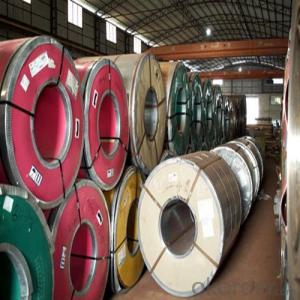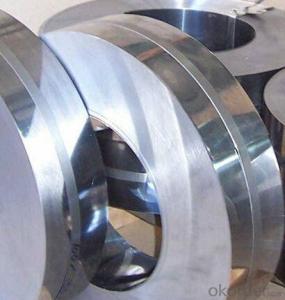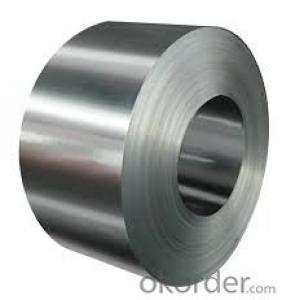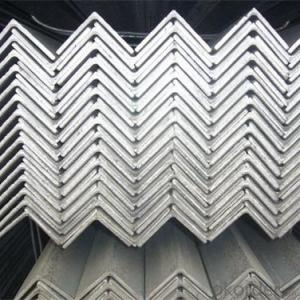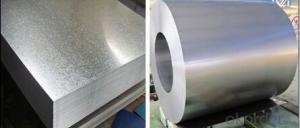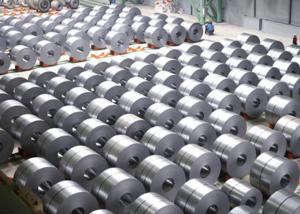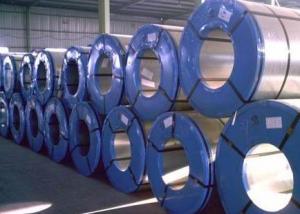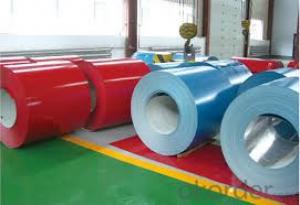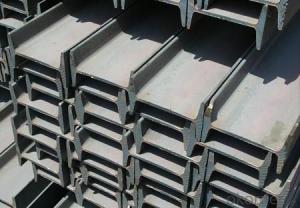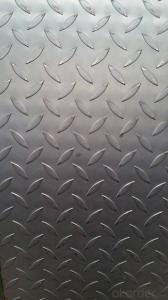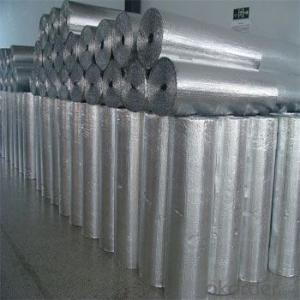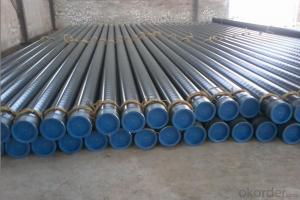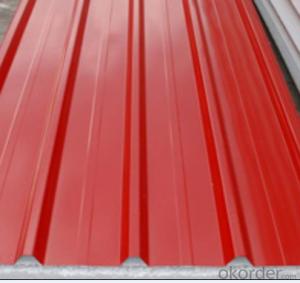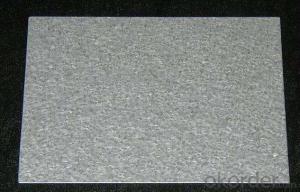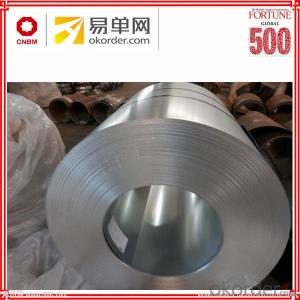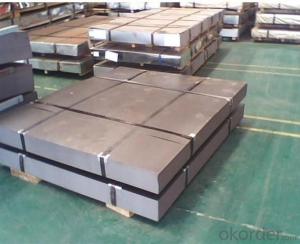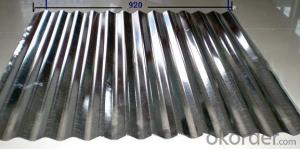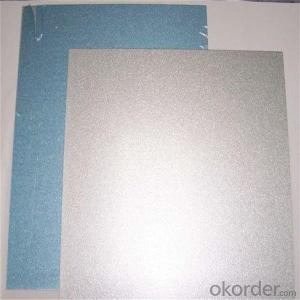Cold Rolled Steel Grades
Cold Rolled Steel Grades Related Searches
Best Paint For Stainless Steel Blanket Insulation For Steel Buildings Primer For Galvanized Steel Foam Filter For Stainless Steel H S Code For Stainless Steel Surface Grinding Wheels For Stainless Steel Surface Grinding Wheels For Hardened Steel Hole Saw For Stainless Steel Paint For Stainless Steel Stainless Steel For BbqHot Searches
Steel Mesh Panels For Sale Price For Stainless Steel Scrap Scrap Price For Stainless Steel Price For Stainless Steel Stainless Steel Tank For Sale Stainless Steel Sheets For Sale Cheap High Tea Sets For Sale Stainless Steel Tanks For Sale Stainless Steel For Sale High Density Fiberboard For Sale Solar Hot Water Collectors For Sale Scaffolding For Sale In Uae Scaffolding For Sale In Ireland Scaffolding For Sale In Houston Type Of Inverter For Solar Price Of Shipping Containers For Sale Types Of Inverter For Solar Stock Price For Aluminum Used Solar Inverter For Sale Steel Mesh Panels For SaleCold Rolled Steel Grades Supplier & Manufacturer from China
Okorder.com is a professional Cold Rolled Steel Grades supplier & manufacturer, offers integrated one-stop services including real-time quoting and online cargo tracking. We are funded by CNBM Group, a Fortune 500 enterprise and the largest Cold Rolled Steel Grades firm in China.Hot Products
FAQ
- Steel sheets are highly effective in terms of electromagnetic shielding due to their strong conductivity and ability to reflect and absorb electromagnetic waves. They can block and redirect electromagnetic fields, reducing their impact on nearby electronic devices or sensitive equipment.
- Indeed, magnetic applications can make use of steel sheets. However, it should be noted that not all steel types possess magnetic properties. Steel can be divided into two primary categories: ferromagnetic and non-ferromagnetic. Ferromagnetic steel comprises iron, nickel, and cobalt, which are materials capable of being magnetized. Conversely, non-ferromagnetic steel lacks these materials and is not magnetic. Ferromagnetic steel sheets find widespread application in magnetic uses such as transformers, motors, generators, and magnetic shielding. These sheets are preferred due to their ability to efficiently conduct and amplify magnetic fields. On the other hand, non-ferromagnetic steel sheets, while not magnetic themselves, can still be employed in magnetic applications as structural components or as part of a magnetic system where the magnetic field requires control or manipulation. When selecting steel sheets for magnetic applications, careful consideration must be given to the specific magnetic properties required for the intended use, and the appropriate type of steel should be chosen accordingly.
- No, steel sheets are not suitable for electrical grounding purposes as they are not good conductors of electricity.
- Yes, steel sheets are highly resistant to scratching and abrasion due to their strong and durable nature. They are designed to withstand external forces and are less likely to get scratched or damaged compared to other materials.
- Yes, steel sheets are suitable for earthquake-prone regions. Steel is a strong and durable material that can withstand the forces generated during an earthquake. It has high tensile strength and flexibility, allowing it to absorb the seismic energy and deform without collapsing. Additionally, steel structures can be designed with proper reinforcements and connections to enhance their seismic performance. Therefore, steel sheets are a viable option for construction in earthquake-prone regions.
- There are several different quality standards for steel sheets, which are used to ensure that the material meets specific requirements and is suitable for its intended use. Some of the most common quality standards for steel sheets include: 1. ASTM A36/A36M: This standard specifies the requirements for carbon structural steel, including steel sheets, used in general structural purposes. It outlines the chemical composition, mechanical properties, and other relevant factors. 2. ASTM A568/A568M: This standard covers the general requirements for steel sheet products, including hot-rolled, cold-rolled, and coated sheets. It provides specifications for dimensions, tolerances, and surface quality. 3. EN 10130: This European standard specifies the requirements for cold-rolled low carbon steel flat products, including steel sheets. It outlines the chemical composition, mechanical properties, and other relevant factors. 4. JIS G 3302: This Japanese industrial standard covers the requirements for hot-dip zinc-coated steel sheets and coils. It includes specifications for the coating weight, surface finish, and mechanical properties. 5. ISO 3574: This international standard specifies the requirements for cold-reduced carbon steel sheet of commercial and drawing qualities. It provides guidelines for dimensions, tolerances, and mechanical properties. 6. GB/T 2518: This Chinese national standard outlines the requirements for continuous hot-dip zinc-coated steel sheets and coils. It includes specifications for the coating weight, surface finish, and mechanical properties. These quality standards help ensure that steel sheets are produced and supplied with consistent properties and characteristics, making them suitable for various applications such as construction, automotive, manufacturing, and more. It is important for manufacturers, suppliers, and end-users to adhere to these standards to ensure the quality and reliability of steel sheet products.
- Some of the commonly used alloying elements in steel sheets include carbon, manganese, silicon, chromium, nickel, molybdenum, vanadium, and tungsten. These elements are added in varying quantities to enhance specific properties of the steel, such as strength, hardness, corrosion resistance, and heat resistance.

















